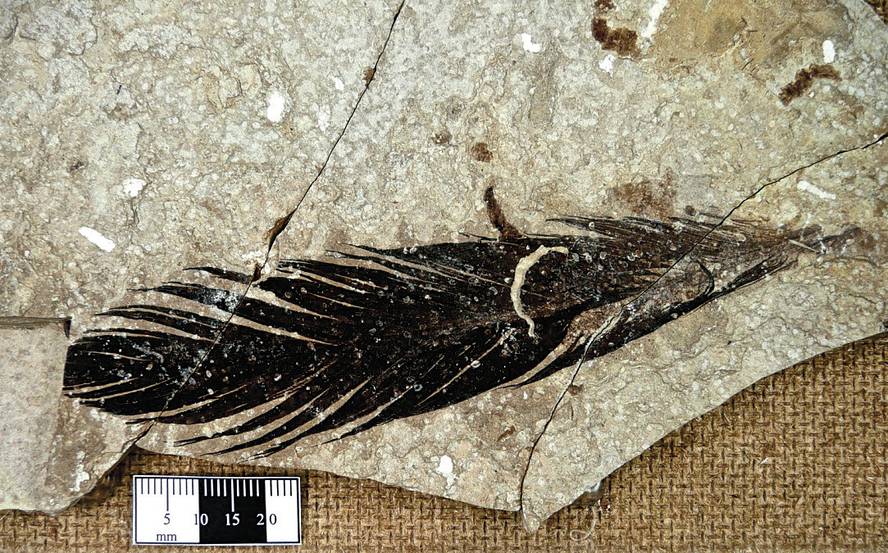X-rays to see the colors of fossilized feathers
An international team of researchers has developed a non-destructive technique to study the colors of fossil feathers. X-rays generated by the synchrotron from the U.S. Department of Energy's SLAC laboratory have been used to detect metal debris.
So far, researchers have used another way to invent the colors of lumens: through electronic microscopes they have tried to see the appearance of the structures (melanosomes) that house melanin. In fact, it is believed that circular melanosomes contained reddish-chestnut pigments and ovarian melanosomes black or dark brown pigment. However, this method requires small samples of fossils and only the color of the sample can be known (actually, the appearance of the melanosomes present in the sample).
However, with the X-ray technique, the fossil is not destroyed and can be studied in its entirety. Thus, it detects metals derived from pigments after melanosomes degradation. For the moment, researchers have focused on copper, which is an indicator of eumelanin pigment. In his opinion, other metals are related to other pigments and his study allows to guess the color of the whole fossil, both fur and plumage.
We analyzed the plumage of two birds that lived millions of years ago, specifically the species Confuciusornis sanctus and Gansus yumensis, comparing the results with other current species. Hence it follows that the technique is useful. The research has been published in the scientific journal Science.






